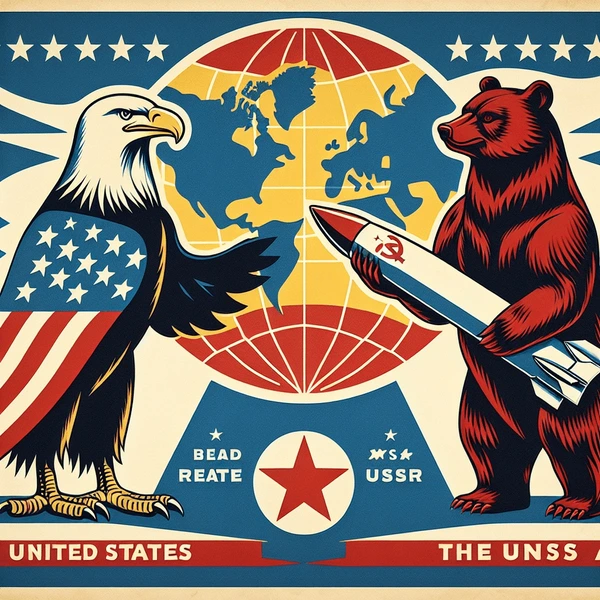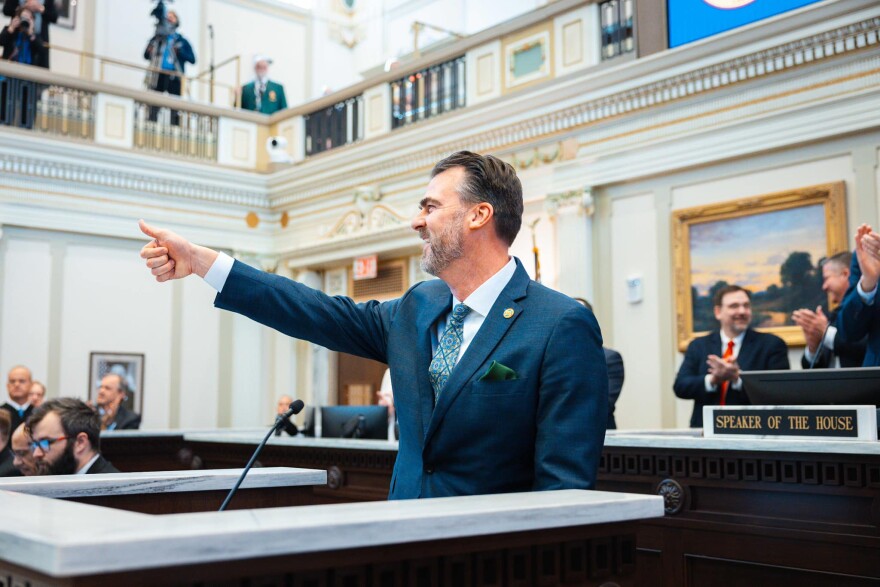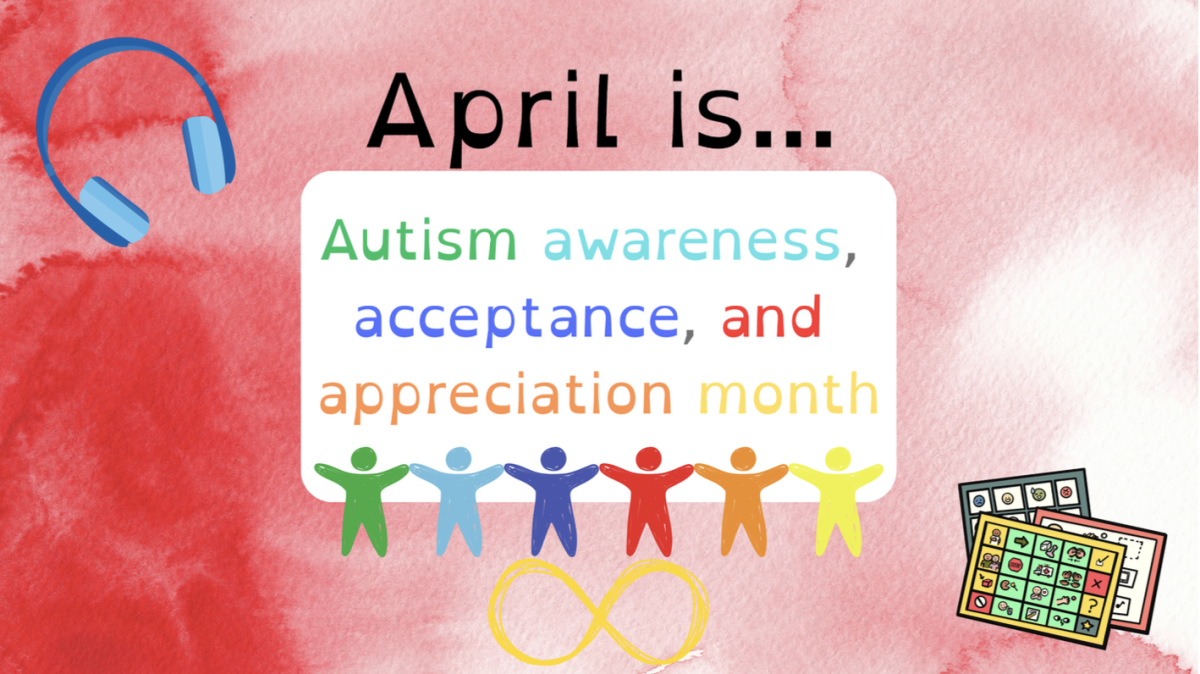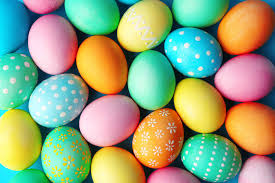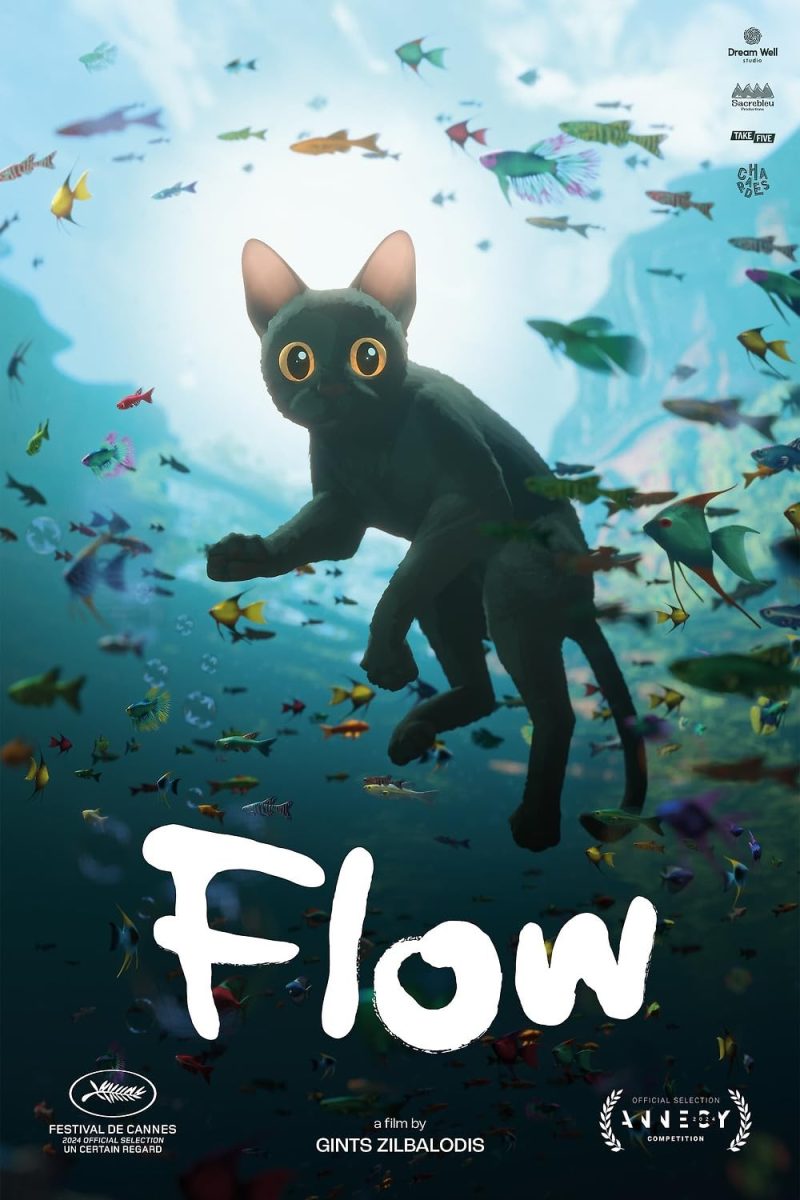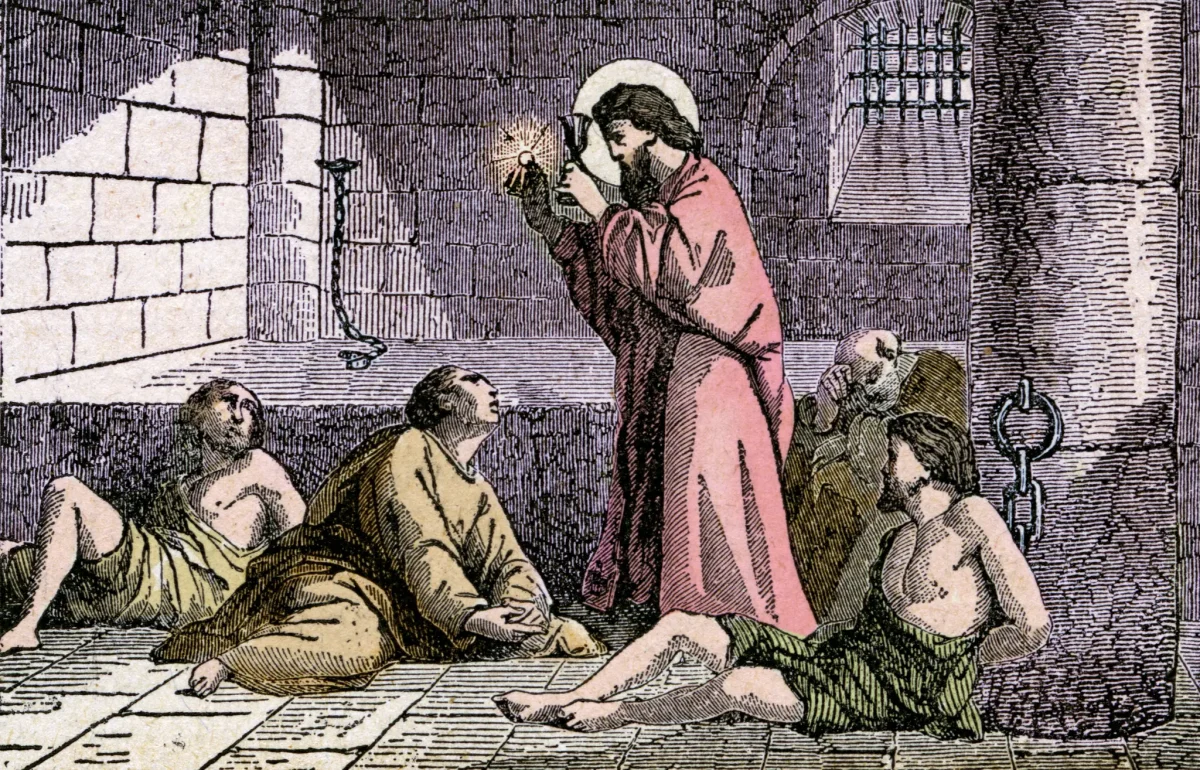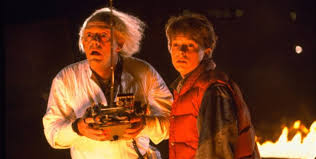When people think of the holiday of Easter, they likely think of pastel colors, eggs that are
painted for whatever reason, and small mammals that don’t seem to correlate to such eggs, but
we say they are. While it is widely known that Easter is supposed to celebrate a biblical event
(the crucifixion and resurrection of Jesus Christ), the question still remains; what exactly
happened for the more bizarre traditions to form?
In early-day pagan festivals in Mesopotamia celebrating spring, the egg and the rabbit each
symbolized fertility and a new life, which Christianity then took to represent the resurrection of
Jesus, as they wanted to erase the pagan deities. Anglo-Saxon festivals worshipping a goddess
of spring and fertility, Eostre or Ostara, also incorporated eggs. As symbols of renewal after
winter, they were buried in the ground and eaten. This likely also caught the eye of Christian
authorities, who then revised the egg tradition to symbolize Jesus.
The tradition of coloring eggs traces back to the ancient cultures in Africa and Mesopotamia.
However, we don’t see that practice related to rabbits at all until the 17th century, when German
immigrants introduced the story of Osterhase. Osterhase was said to be a hare that laid colored
eggs for children with good behavior, despite the fact that hares do not lay eggs. This legend
combined with pagan and Anglo-Saxon traditions created the mostly Christian tradition today.
Christian influences on the tradition are related to Lent, a period where worshippers would often
not eat certain foods, which included eggs. They instead painted them and stored them to be
eaten on the end of Lent, also known as Easter Sunday.
The first “egg hunt” in history was created by Christian missionaries, who would paint eggs and
hide them for people to find. The eggs were mostly red, which symbolized the blood on the
cross. Egg hunting was later popularized by Martin Luther, the Protestant reformer. He would
organize an event where men would hide eggs for women and children to find.
One rather confusing part of the Easter holiday is the schedule. It’s often said that Easter occurs
on the last Sunday of April, but it’s not quite that simple. It’s true that it’s always on a Sunday,
but it actually has to do with the moon cycle and the spring equinox. Easter occurs on the first
Sunday after the full moon after the spring equinox. 2025’s April full moon is on the 12th, during
the weekend, which is why Easter occurs on the next Sunday (April 20th).
Everyone knows the ancient biblical tale, but it’s also interesting to see the historical events that
connect that story to the quirky traditions of the modern holiday. Taking influences from Pagan
festivals, Anglo-Saxon rituals, German mythos, and American twists, all connected by a biblical
date, it’s an interesting tale as to how it became the commercialized sugar rush we know today.
While it’s certainly not the most popular holiday, it’s clear that it has a rich cultural history.








